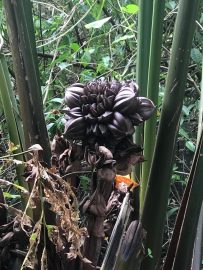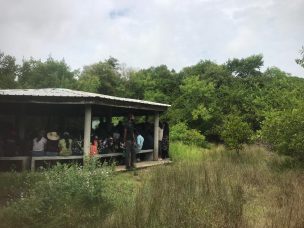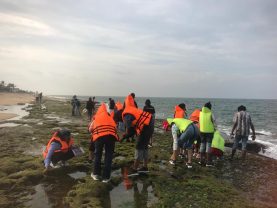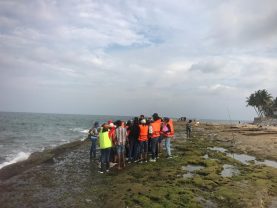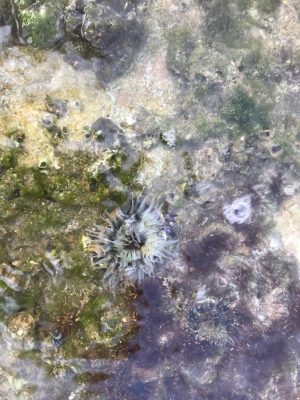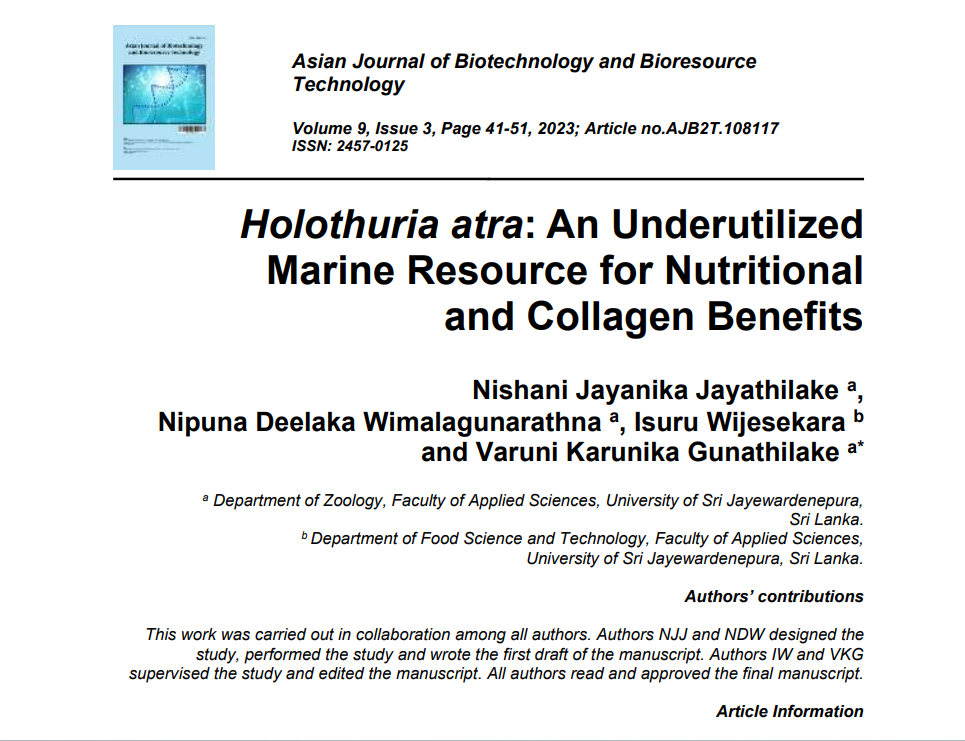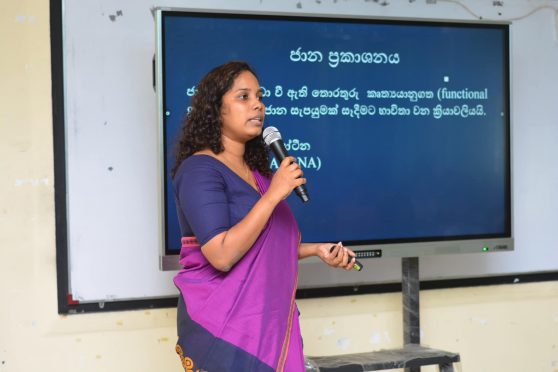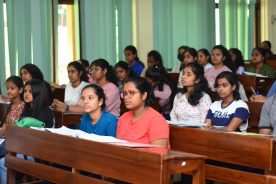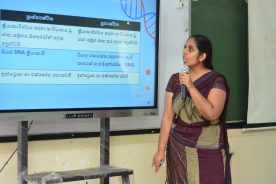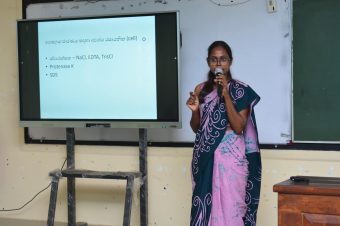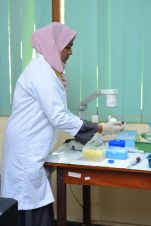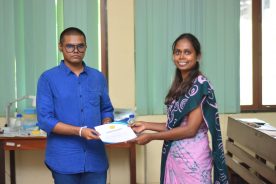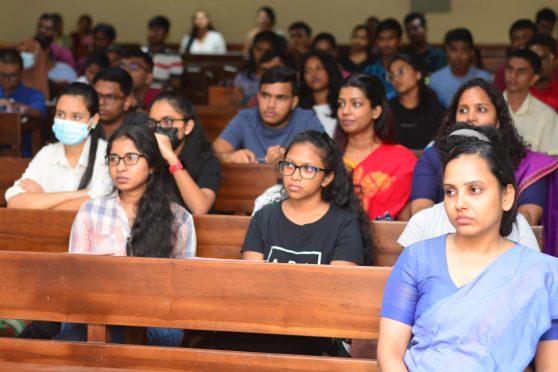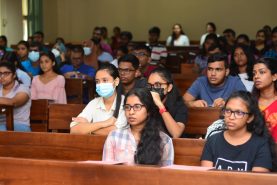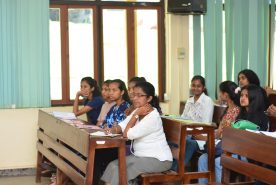Nishani Jayanika Jayathilake, Nipuna Deelaka Wimalagunarathna, Isuru Wijesekara , Varuni Karunika Gunathilake
Published in Asian Journal of Biotechnology and Bioresource Technology
The results showed that body wall tissues of H.atra contained high moisture level (83.2%), proteins (10.2%) and low levels of fat (2.0%) and carbohydrates (2.1%). Further, flesh contains, 0.4% saturated fatty acids, 0.4% unsaturated fatty acids, considerable amount of Calcium, Magnesium and Sodium. Collagen yield from the body wall was recorded as 0.95% and fibrils observed as irregular and dense with a loose and porous structure. Attenuate Total Reflectance-Fourier Transform Infrared Spectroscopy and Ultra Violet Vis spectroscopy indicated the collagen was Type I.
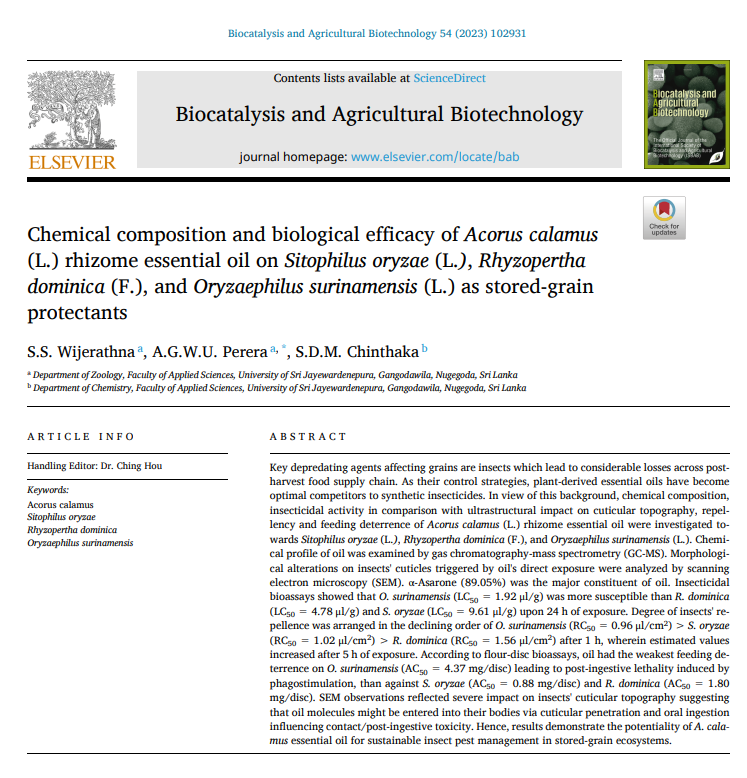 S.S. Wijerathna, A.G.W.U. Perera, S.D.M. Chinthaka
S.S. Wijerathna, A.G.W.U. Perera, S.D.M. Chinthaka
Published in Biocatalysis and Agricultural Biotechnology
Highlights of the research
- Acorus calamus essential oil was toxic to S. oryzae, R. dominica, O. surinamensis.
- α-Asarone enriched oil produced significant repellency on test insects in an hour.
- Botanical was a potent feeding deterrent against S. oryzae, and R. dominica in 72 h.
- The essential oil induced phagostimulant activity against O. surinamensis adults.
- A. calamus oil caused severe ultrastructural impacts on insects’ cuticular surfaces.
From exploring the fundamentals of molecular genetics to understanding the applications of recombinant DNA technology, participants were exposed to a wide array of topics, fostering a deeper appreciation for the wonders of modern biotechnology.
We extend our heartfelt gratitude to everyone who contributed to the success of this workshop. Special thanks to Dr. Sachini Fernando Meth Madurangi, Dilekha Hegoda, Anushka Mendis, Sachini Upeka, Suwani Mithsuki, Ranthilini C Banduwardena and Amila Vimarshana Jayaweera, whose tireless efforts made this educational endeavor possible.
Photo credits – Nipuna Deelaka Wimalagunarathna




